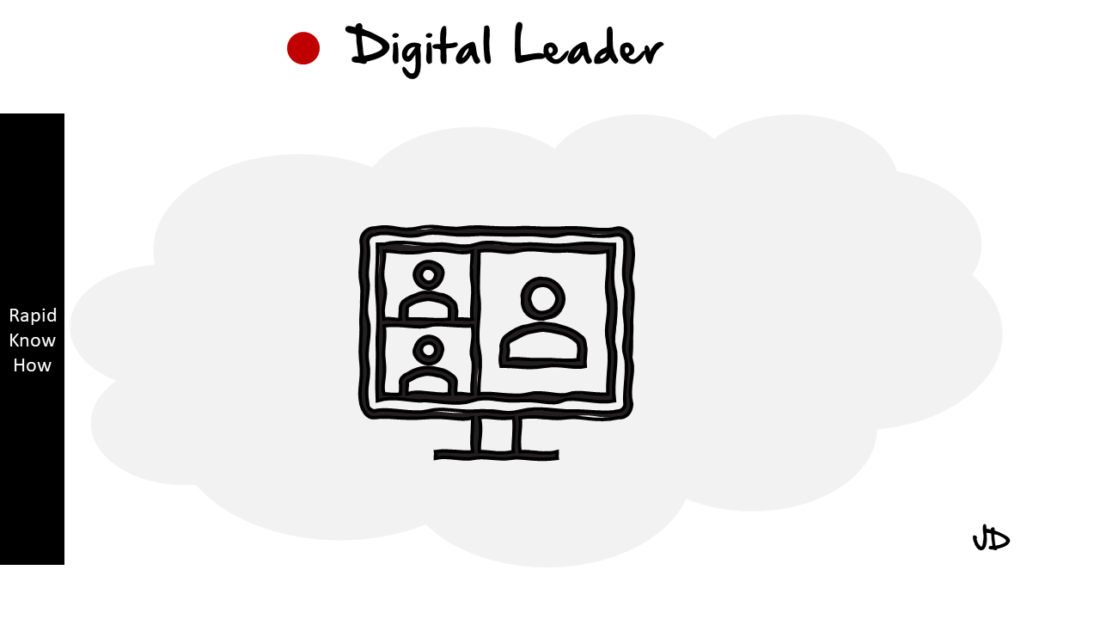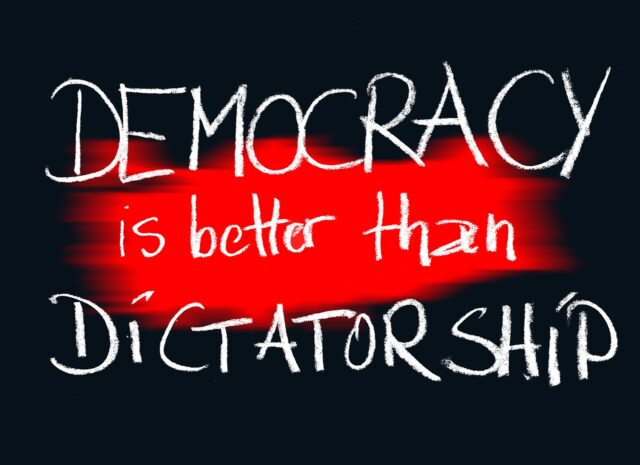Answer:
Illustrating your digitalized business in simple illustrations is an effective way to communicate complex ideas and processes. It can help your audience understand your business model, products, or services better. Here’s how you can do it:
**Idea Illustration**
Idea illustration is about visually representing your thoughts or concepts. It’s a great way to make abstract ideas more tangible and understandable.
1. **Flowcharts**: Flowcharts are a classic example of idea illustration. They can be used to depict the flow of operations in your digital business. For instance, you could create a flowchart that shows how orders are processed in your e-commerce store, from the moment a customer places an order to the point they receive their product.
2. **Infographics**: Infographics are another excellent tool for illustrating ideas. You could use an infographic to show the growth of your digital business over time, including key milestones like the number of customers served, revenue generated, or products sold.
3. **Mind Maps**: Mind maps can be used to illustrate the structure of your digital business or its strategic plan. You could create a mind map that shows all the different aspects of your business (like marketing, sales, customer service) and how they connect with each other.
**Idea Exploration**
Idea exploration involves delving deeper into a concept or idea to understand it better and discover new insights.
1. **Storyboarding**: Storyboarding is a technique often used in film and animation but can also be applied in business. You could create a storyboard that explores the customer journey on your digital platform, highlighting key touchpoints and interactions.
2. **Concept Maps**: Concept maps are similar to mind maps but go a step further by exploring relationships between different aspects of an idea. For example, you could create a concept map that explores how different features of your digital product interact with each other and contribute to the overall user experience.
3. **Scenario Planning**: Scenario planning involves creating detailed narratives about different situations that could occur in the future. You could use this technique to explore different growth strategies for your digital business, considering various factors like market trends, competition, and customer behavior.
**Visual Discovery**
Visual discovery is about using visuals to uncover new insights or perspectives.
1. **Data Visualization**: Data visualization involves using graphical elements like charts, graphs, and maps to represent data. You could use this technique to discover patterns or trends in your business data, such as sales trends or customer behavior patterns.
2. **User Interface (UI) Prototyping**: UI prototyping involves creating a preliminary version of your digital product’s interface to test its functionality and design. This can help you discover any usability issues or areas for improvement.
3. **Heatmaps**: Heatmaps are graphical representations of data where values are depicted by colors. They can be used to discover how users interact with your digital platform, showing things like which areas of your website are most clicked on or viewed.
In conclusion, illustrating your digitalized business doesn’t have to be complicated. With simple tools and techniques like flowcharts, infographics, mind maps, storyboarding, concept maps, scenario planning, data visualization, UI prototyping, and heatmaps, you can effectively communicate complex ideas and explore new insights about your business.




